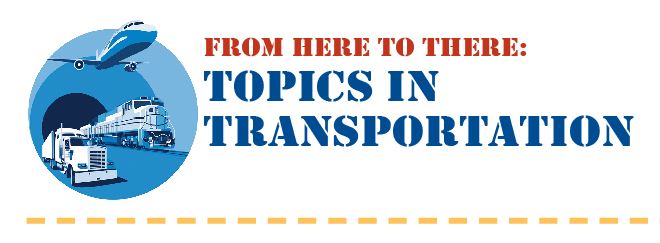Written on: March 1, 2015 by SprayTM

The U.S. Dept. of Transportation (DOT) published its latest final rule, HM-215M, to maintain alignment with international standards by incorporating various amendments. These include changes to proper shipping names, hazard classes, packing groups, special provisions, packaging authorizations, air transport quantity limitations and vessel stowage requirements.
DOT’s Pipeline & Hazardous Materials Safety Administration (PHMSA), the agency responsible for developing and enforcing these rules, is authorizing voluntary compliance with the extensive rulemaking (95 pages in length) beginning Jan. 1, 2015. Mandatory compliance with the provisions of HM-215M is required by Jan. 1, 2016.
 Out of sync…
Out of sync…
In this final rule, PHMSA is amending the Hazardous Materials Regulations (HMR) to incorporate changes from the 18th Revised Edition of the United Nations (UN) Model Regulations, Amendment 37–14 to the International Maritime Dangerous Goods (IMDG) Code, and the 2015–2016 International Civil Aviation Organization (ICAO) Technical Instructions, which became effective Jan. 1, 2015. The IMDG Code is effective Jan. 1, 2015. However, Amendment 36–12 may continue to be used until Jan. 1, 2016. Compliance with the latest changes to the HMR in Title 49, Code of Federal Regulations, Subchapter C is not required until Jan. 1, 2016.
Therefore, it is possible that a hazardous material (e.g., certain automotive safety devices) may be classified and shipped under two different proper shipping names and packing groups, although they will share a common UN identification number and hazard class.
 Notable amendments
Notable amendments
Notable amendments to the HMR in this final rule include the following:
 Effect on the aerosol industry
Effect on the aerosol industry
Although there does not appear to be many amendments that will affect the manufacture or distribution of aerosols, there is one noteworthy change to the rules that may have some impact; 49 CFR §172.102 Special Provision 362 was revised to include a new paragraph (f) that clarifies that chemicals under pressure containing components forbidden for transport on both passenger and cargo aircraft must not be transported by air. The new text of Special Provision 362 is shown below:
This entry applies to liquids, pastes or powders, pressurized with a propellant that meets the definition of a gas in § 173.115. A chemical under pressure packaged in an aerosol dispenser must be transported under UN1950. The chemical under pressure must be classed based on the hazard characteristics of the components in the propellant; the liquid; or the solid. The following provisions also apply:
a. If one of the components, which can be a pure substance or a mixture, is classed as flammable, the chemical under pressure must be classed as flammable in Division 2.1. Flammable components are flammable liquids and liquid mixtures, flammable solids and solid mixtures or flammable gases and gas mixtures meeting the following criteria:
(1) A flammable liquid is a liquid having a flashpoint of not more than 93°C (200°F);
(2) A flammable solid is a solid that meets the criteria in § 173.124 of this subchapter; or
(3) A flammable gas is a gas that meets the criteria in § 173.115 of this subchapter.
b. Gases of Division 2.3 and gases with a subsidiary risk of 5.1 must not be used as a propellant in a chemical under pressure.
c. Where the liquid or solid components are classed as Division 6.1, Packing Group II or III, or Class 8, Packing Group II or III, the chemical under pressure must be assigned a subsidiary risk of Division 6.1 or Class 8 and the appropriate identification number must be assigned. Components classed as Division 6.1, Packing Group I, or Class 8, Packing Group I, must not be offered for transportation and transported under this description.
d. A chemical under pressure with components meeting the properties of: Class 1 (explosives); Class 3 (liquid desensitized explosives); Division 4.1 (self-reactive substances and solid desensitized explosives); Division 4.2 (substances liable to spontaneous combustion); Division 4.3 (substances which, in contact with water, emit flammable gases or toxic gases); Division 5.1 (oxidizing substances); Division 5.2 (organic peroxides); Division 6.2 (Infectious substances); or, Class 7 (Radioactive material), must not be offered for transportation under this description.
e. A description to which special provision 170 or TP7 is assigned in Column 7 of the § 172.101 Hazardous Materials Table, and therefore requires air to be eliminated from the package vapor space by nitrogen or other means, must not be offered for transportation under this description.
f. Chemicals under pressure containing components forbidden for transport on both passenger and cargo aircraft in Columns (9A) and (9B) of the § 172.101 Hazardous Materials Table must not be transported by air.
For questions regarding the latest final rulemaking, or to obtain a copy of the final rule, contact: steve@shipmate.com or (310) 370-3600.